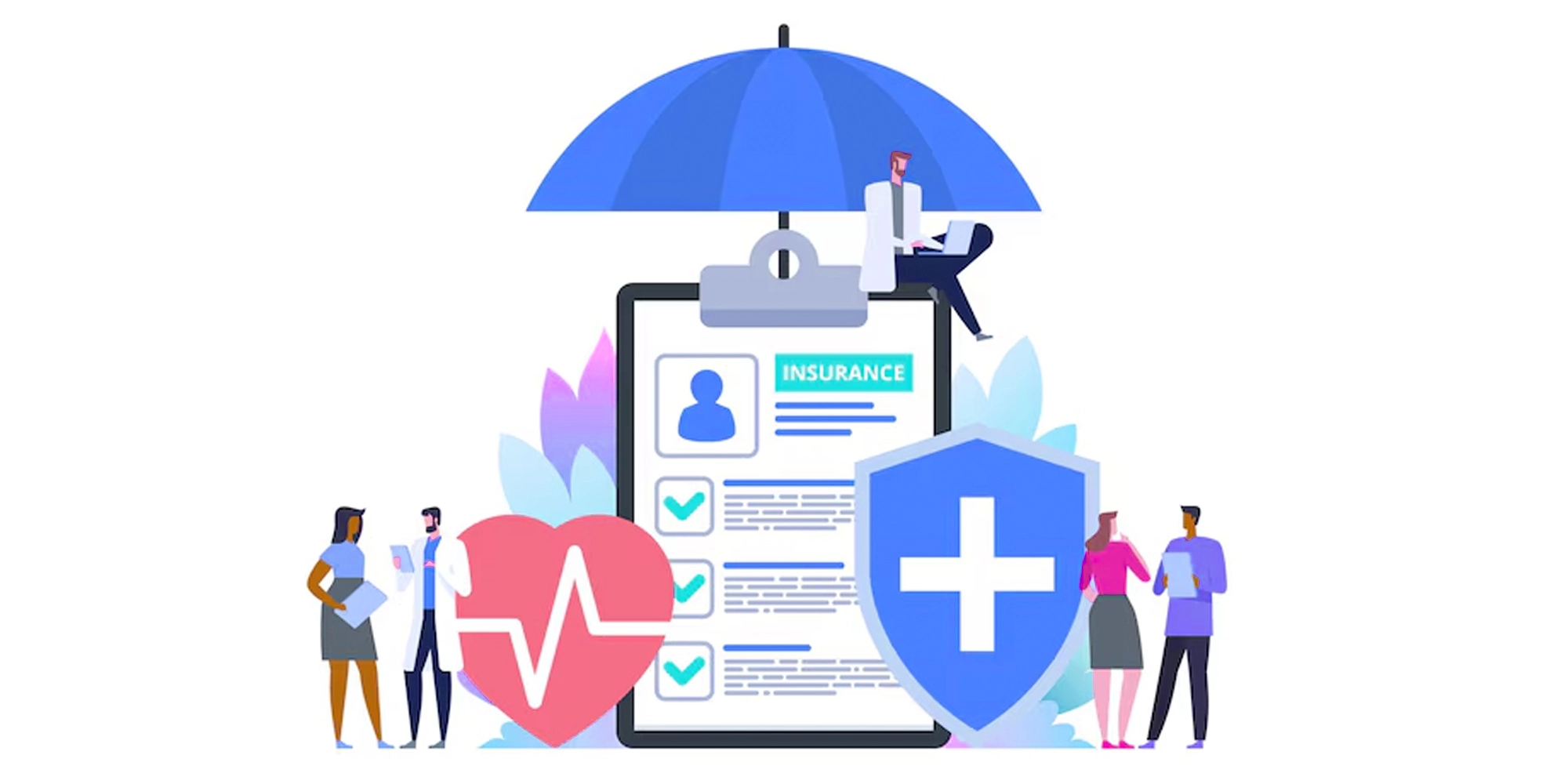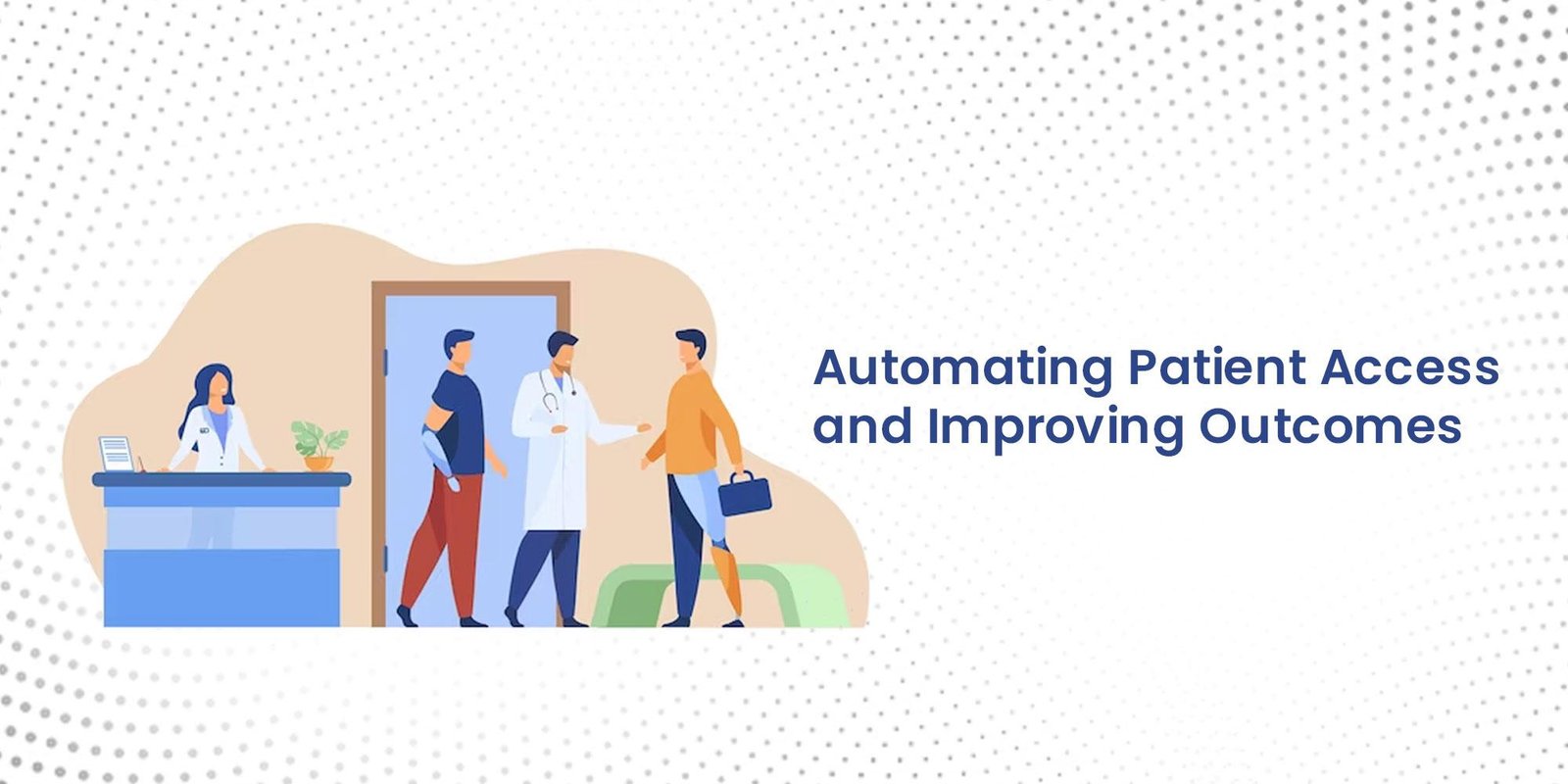The US government enacted The Patient Protection and Affordable Care Act (ACA), a comprehensive health care reform law, in March 2010 to improve the coverage, delivery system and reduce health care costs. Yet there remained a gap between people with access to healthcare and those without for a long time. Language barriers, long distances, and inability to pay the premiums are considered some of the biggest contributors. And the result is that each year, roughly 45,000 Americans die because they aren’t covered through any health insurance (as reported in Harvard Medical Study).
But rapidly evolving technologies and growing consumerism along with demographic and economic changes, catapulted mostly by pandemic-induced unprecedented emergencies, have been disrupting hospitals worldwide. For instance, a growing number of outpatient health care services are now being covered by telemedicine; however, most outpatient cases like CT scans, urinalysis, and routine physical examinations will continue to need more attention. Amidst such cases, the healthcare providers can integrate advanced, accessible, and accurate solutions like self-check-ins and online appointments to truly transform the way they interact with the patients.
The use of automation and data-driven technologies don’t end here. It also extends to an important arm of any healthcare practice, I.e., the revenue cycle. It starts when the patient first interacts with the practice, Patient Access, to schedule a test or procedure and ends when the provider gets paid fully for the services rendered. And outdated, manual patient access processes can create inefficiencies and strain the existing staff leading to denials and revenue loss.

How Patient Access Process Impacts Reimbursements
When a practice is understaffed, uses legacy systems, and doesn’t have adequate automated patient access processes, the result is ineffective patient access, including incomplete prior auth, improper billing, and lost revenue.
Other issues which arise as a result are:
1) Poor patient access can reduce volume. The patient’s first point of contact with a healthcare organization is scheduling and registration. A good experience can help retain patients and turn them into advocates, whereas a poor one can cost patients. It could be related to waiting time, cancellations affected due to doctor’s schedule, poor experience with staff, or inaccurate billing — whatever the reason, it will impact the revenue of a practice. A patient may go elsewhere or leave a negative review.
2) Manual, labor-intensive paperwork in managing prior auth can incur millions to a practice. 2022 MGMA Annual Regulatory Burden Report revealed about 82% of the practices rated prior auth as very or extremely burdensome. A key stakeholder from one of the prominent group practices said, “We are being slowly strangled financially because of the cost increase associated with complying with regulatory requirements while reimbursements remain the same or are being cut.”
3) Submitting claims without medical coding and assessing payer guidelines properly can lead to denials and write-offs which ultimately translate into late payments or worse lost revenue.
How does technology build a change in patient access?
Automated patient access includes streamlined prior authorization and eligibility and benefit verification process that helps optimize staff resources during critical shortages, enhances patient experience and accelerates reimbursements.
Using a proprietary AI-based tool, “HealthX“, our RCM experts analyze a practice’s EHR and build a consolidated dashboard and data source on Microsoft Power BI, which helps automated patient access process. It includes assessing the requirements based on factors such as payer, plan, service type, and CPT/ HCPCS codes. Our experts then analyze whether pre-auth is needed for the concerned treatment or equipment in real-time, and check the submission for errors, information gaps and medical necessity. And then, its submitted for approval via e-fax, payer portal or an EDI 278 transaction to speed up the process. Read more here.
It’s one of the prominent pieces in the patient engagement puzzle and can make or break experiences for your patients. The right set of technologies can help you improve efficiency, while optimizing patient experience and increasing revenue. Get in touch with our experts today!







